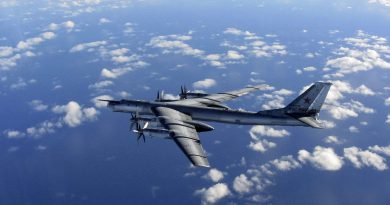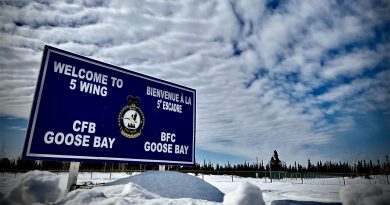N.W.T. Council of Leaders tells Ottawa it’s ‘time to build the North’
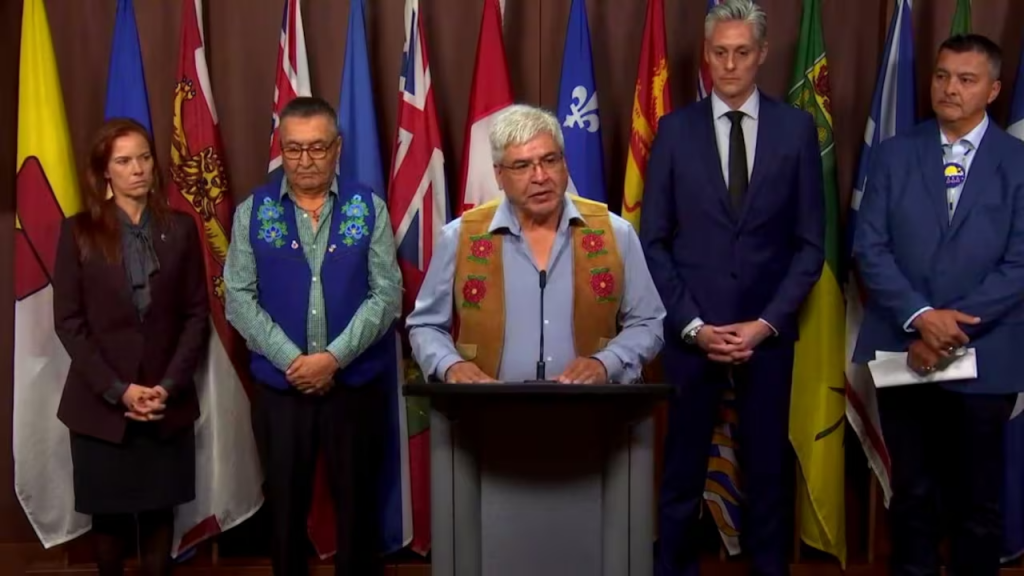
The N.W.T. Council of Leaders is in Ottawa this week to advance territorial priorities
The Northwest Territories Council of Leaders is in Ottawa this week to deliver a message to the government of Canada: the North has a lot to offer, and it’s time for Ottawa to commit to helping unlock its potential.
“We’ve talked about the North long enough,” Premier R.J. Simpson said. “It’s time to start building.”
The Council of Leaders delegation includes Simpson, Deputy Premier Caroline Wawzonek and the leaders of several Indigenous governments, placing them on equal footing. Some of them gave a press conference in Ottawa Tuesday morning to emphasize their priorities, including getting the N.W.T.’s major projects off the ground.
The territory is currently pushing three of them. They are the Mackenzie Valley Highway, the Talston Hydro expansion and the Arctic Economic and Security Corridor, which would connect Yellowknife to a new port in Grays Bay, Nunavut and which has been highlighted by Ottawa as a “nation-building” project.
Wawzonek, who is also the minister responsible for strategic infrastructure, said the next step is to work out the financing of the projects with Ottawa. The territory, she said, does not necessarily have the capacity to develop complex financial arrangements because of its small government and large administrative region.
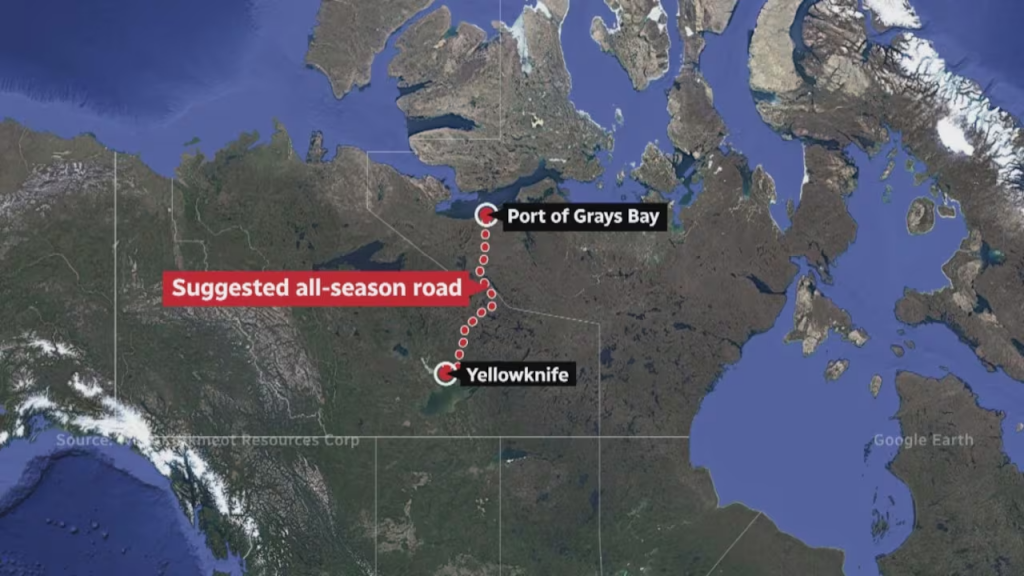
“It can’t be on the backs of 45,000 Canadians to support Arctic security or to unlock the wealth of the North,” she said. “That has to come from somewhere beyond our borders.”
The Arctic Economic and Security Corridor is on Ottawa’s secondary list of nation-building projects to prioritize. In the past, Prime Minister Carney has said those could be fast-tracked as soon as the Grey Cup, which is on Nov. 16.
Wawzonek said that she wasn’t worried about when the project would make the primary list, which has much to do with regulatory fast-tracking, because the Northwest Territories has a different process from the rest of the country that involves co-management with Indigenous governments.
“What we need is to figure out the financing of these projects,” she said. She added that once financing is sorted out, there are partners across the Northwest Territories who are ready to build.
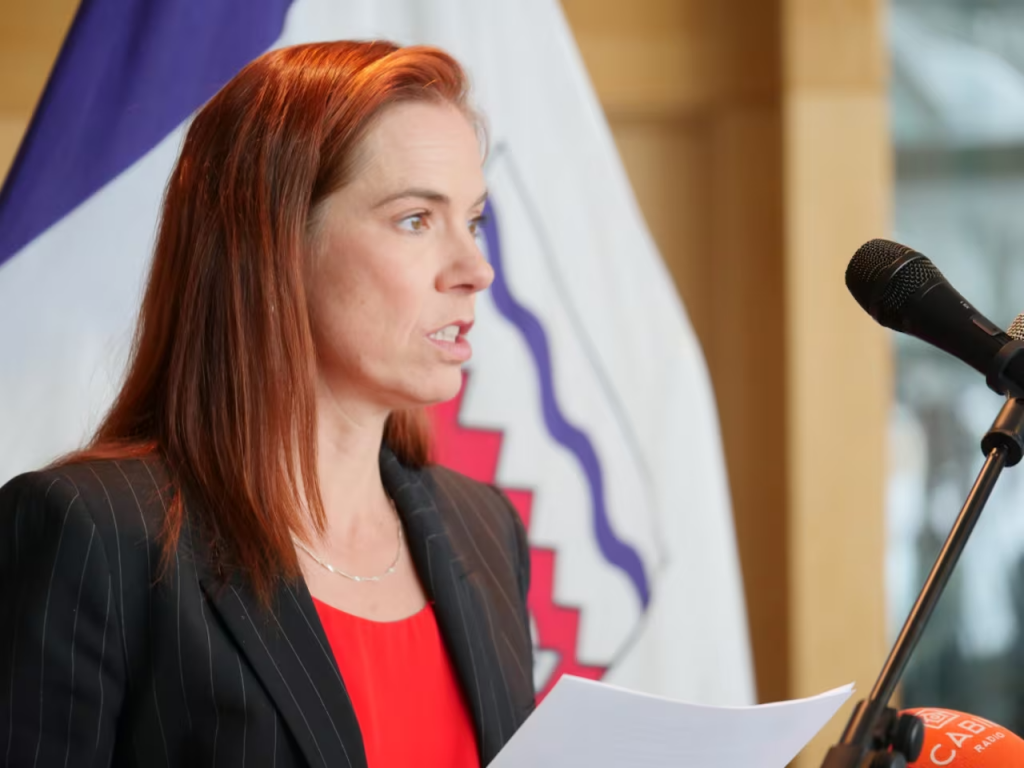
For now, the territory is working in partnership with the Yellowknives Dene First Nation and Tłı̨chǫ government to figure out the routing of the road that will connect Yellowknife to the Grays Bay port in Nunavut. The next step will be the environmental assessment process, Wawzonek said.
“We need to start work on this sooner than later,” said Yellowknives Dene Dettah Chief Ernest Betsina.
He stressed the importance of preserving and protecting caribou as the route for the road component of the Arctic Economic and Security Corridor is being drafted.
While talk of major projects dominated the news conference, the leaders also spoke of pursuing other priorities, including addressing unsettled land claims, aiding mining development amid diamond mine closures, and coping with the fallout from cuts to Jordan’s Principle funding.
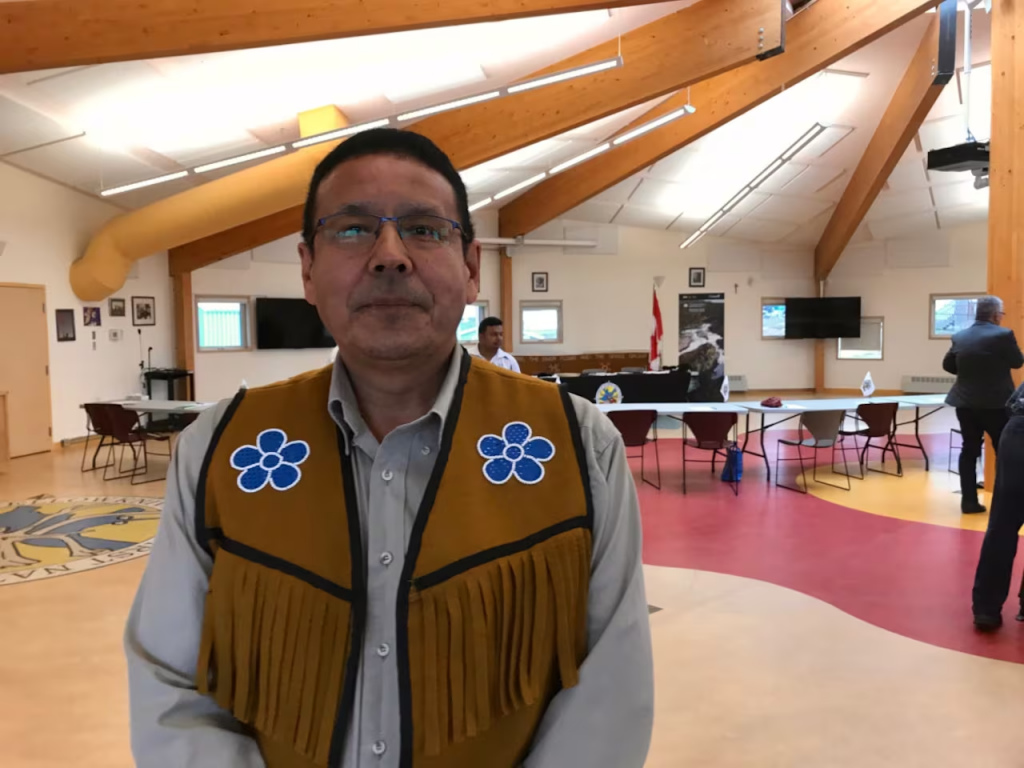
Ɂek’wahtı̨dǝ́ Danny Gaudet of the Délı̨nę Got’ınę Government said he wanted to see Northern resources developed in a way that kept the money and opportunities here for Canadians, in a way that strengthened Canada.
He said this week’s trip to Canada was an opportunity to send the clear message that it can be done through working together.
“The North used to be considered a wasteland, but I think the North could also be a big component to saving, or participating in, Canada’s economy and building the Canadian economy,” he said.
Related stories from around the North:
Canada: Q+A | National projects among top priorities for ITK president in 4th term, CBC News
Russia: Putin in Arkhangelsk: Arctic industry and infrastructure on agenda, The Independent Barents Observer

